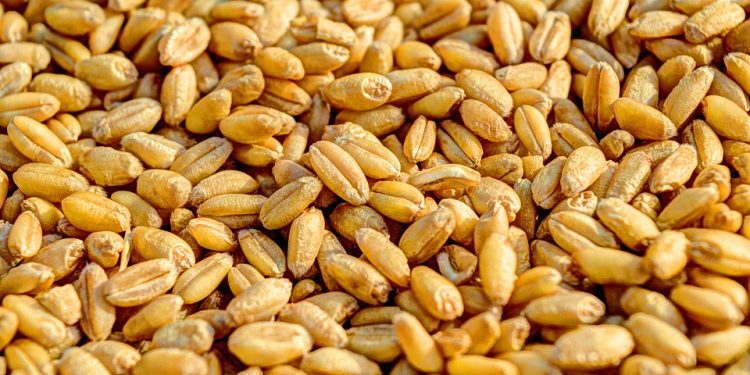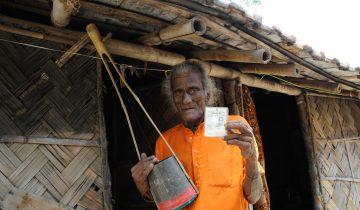Crop Insurance Scheme: An Assured Appetizer for the Farming Community

From a relatively new government which has toppled a decades’ worth political organisation from its throne, comes great expectations. And the pressure on BJP could not be ignored anymore after the Bihar elections. With an initial honeymoon of its victorious celebrations having subsided, senior leaders realised they were now being judged on what they delivered. Just when a disgruntled rural populace had almost given up on them, the new crop insurance appeared. A glance at the bill gives us an insight of how different it is from its predecessors. While the bill has managed to outline and come up with effective solutions in compensation of the limitations of the National Agricultural Insurance Scheme (NAIS), only time can really ascertain the seriousness with which it will be implemented. Barring doubtful assumptions regarding the success of its implementation, the crop insurance scheme is by far the best meal the government can serve its farmers.
A more promising edition
Just like how every gadget becomes appealing with its better models, the current insurance scheme is a more considerate sibling than its previous ones. Modi has ingeniously brought together three otherwise polar sectors to flirt with each other. With a market driven approach using digital communication to enhance crop assessments, the agricultural sector will be revamped for the better. The universal aims of this scheme is to increase insurance cover upto 50%, reducing the premiums paid and ensuring that there is a speedy deliverance of the insurance claims.
How will this be achieved?
The present government wants to reduce premium being paid by farmers from 25% to 2.5%. This is a tenfold decrease in the premiums shelled out by farmers for their crops. While it might seem an ambitious scheme by the government which has to reimburse the rest of the amount, tie-ups with insurance companies in each state is an innovative strategy. Also by doing away with caps, a farmer can know enjoy the benefit of the whole insurance claim as opposed to a fraction of it. Over a period of three years, this scheme would reach about half of our farmers.
Using smartphones for land assessments
Smartphones are much more than selfies and this is the USP of the current government that has realised it. From clicking pictures of lands that have suffered heavy losses to guiding farmers by improving digital literacy, the government has planned everything from scratch. Also a 25% of direct compensation of the insurance claim into the bank accounts of farmers will help contain corruption and other fraudulent practices.
Paying tributes to all vagaries of nature
While the previous government set out to identify and compensate only those farmers affected by landslides and cyclones in coastal areas, the current government understands that droughts, floods and even hail-storms destroy crops with an equal devastation. Thus, it seeks not to discriminate between farmers on the disaster that affected them.
Moving ahead
Not many farmers are aware of crop insurance schemes as its mechanisms are never explained to them at all. Previously those who took loans were also given the status of an insurer. This led to an added burden on them where they had to shell out premiums for their crops. Insurance claims took their own sweet time to knock at the doorstep of a farmer who probably would have committed suicide by then. In states like Haryana and Uttar Pradesh the premium rates were as high as 25%. The premiums for a rich farmer was just the same as a farmer with a smaller land-holding. The current government must be able to place checkposts in its implementation processes so as to make a success out of a bill that has garnered enough bouquets.Let us do hope this appetizer which is all set to roll out on April 1st is filling enough to become a hearty meal.
[Image Attribute: Suraj ]




